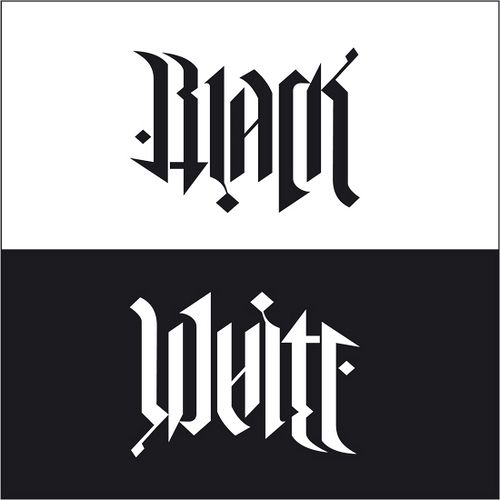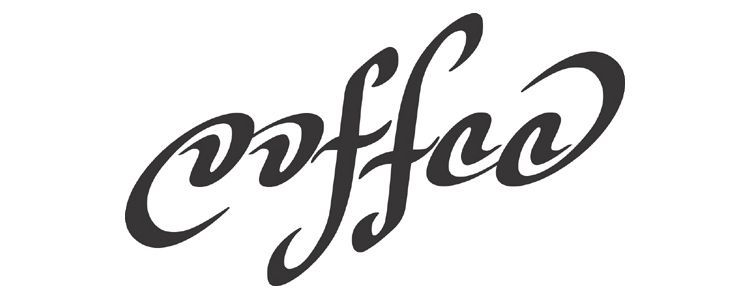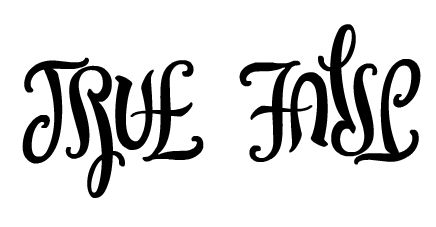An ambigram is a type of word design that can be deciphered when viewed in a variety of directions or perspectives, either as the same word or as an entirely different word. While they may seem to be a new trend, in reality, ambigrams have been around for centuries. To learn more about ambigrams, including their history, different types, how they are created, and where they are commonly used, continue reading.
History of Ambigrams
The term “ambigram” was coined by the American scholar who specialized in cognitive science, Douglas Hofstadter, in 1983. Hofstadter explained this unique type of word art as “calligraphic designs that manage to squeeze in two different readings”. Historically speaking, the term ambigram may be relatively new; however, they have been around for quite some time. Also referred to as “graphic palindromes”, the first ambigram was discovered in the ruins of Pompeii in Italy, which means dates back to before 79 AD.
Types of Ambigrams
There are several different kinds of ambigrams, and they are either symmetrical or asymmetrical.
Symmetrical
- Rotational – This is the most popular type of ambigram. It’s a word or a phrase that can be read the same way when it is inverted, or rotate 180 degrees. Other types of ambigrams include the following:
- Bilateral – Also known as a mirror image, this type of ambigram can be deciphered when it is viewed from behind when it is printed on something that is transparent, or when it is viewed in a mirror.
- Chain rotational – The chain rotational ambigram does not exist as a single word on its own; rather, it has to be connected to endless repetitions of the given word. To create this type of ambigram, the word has to be divided into different sections and each part is designed as a rotation. The best way to display and view a chain rotational ambigram is in a circular or spiral formation.
- Chain bilateral – This kind of ambigram has the same connecting property as rotational chain ambigrams; however, they are deciphered the same way when viewed either in a mirror or from behind.
- Totems – With this style of an ambigram, the words are read in a vertical direction and their symmetry is a mirror image.
Asymmetrical
- Symbiotograms – This style of ambigram depicts two words that have complementary opposite meanings, and each word is viewed from two different vantage points. Symbiotograms can be either rotational or bi-lateral.
- Figure/ground relationships – With this type of ambigram, the negative spaces in the letters that make up a word can also be read as letters.
- Oscillations – This style is designed to be read as one of two words, and the word that can be seen depends on the shift in perception.
Where are Ambigrams Used?
Ambigrams are, can be, and have been used on all types of surfaces. Throughout history, they have been found printed on walls, in caves, on documents, and on/in books. Today, they can still be found on similar surfaces; however, they are most commonly used in graphic design. They often serve as decals, stickers, and can even be found on all types of garments and accessories. Ambigrams are also featured on many websites, printable marketing materials, and logos.
If you’re interested in purchasing ambigrams, you can find a variety of different options online. Online marketplaces feature designs that have been created by artists, or you can pick your own word and an artist will turn it into an ambigram for you. You can also create this type of word art using different types of software programs, and even with ambigram generators, of which there are many different options to choose from.



